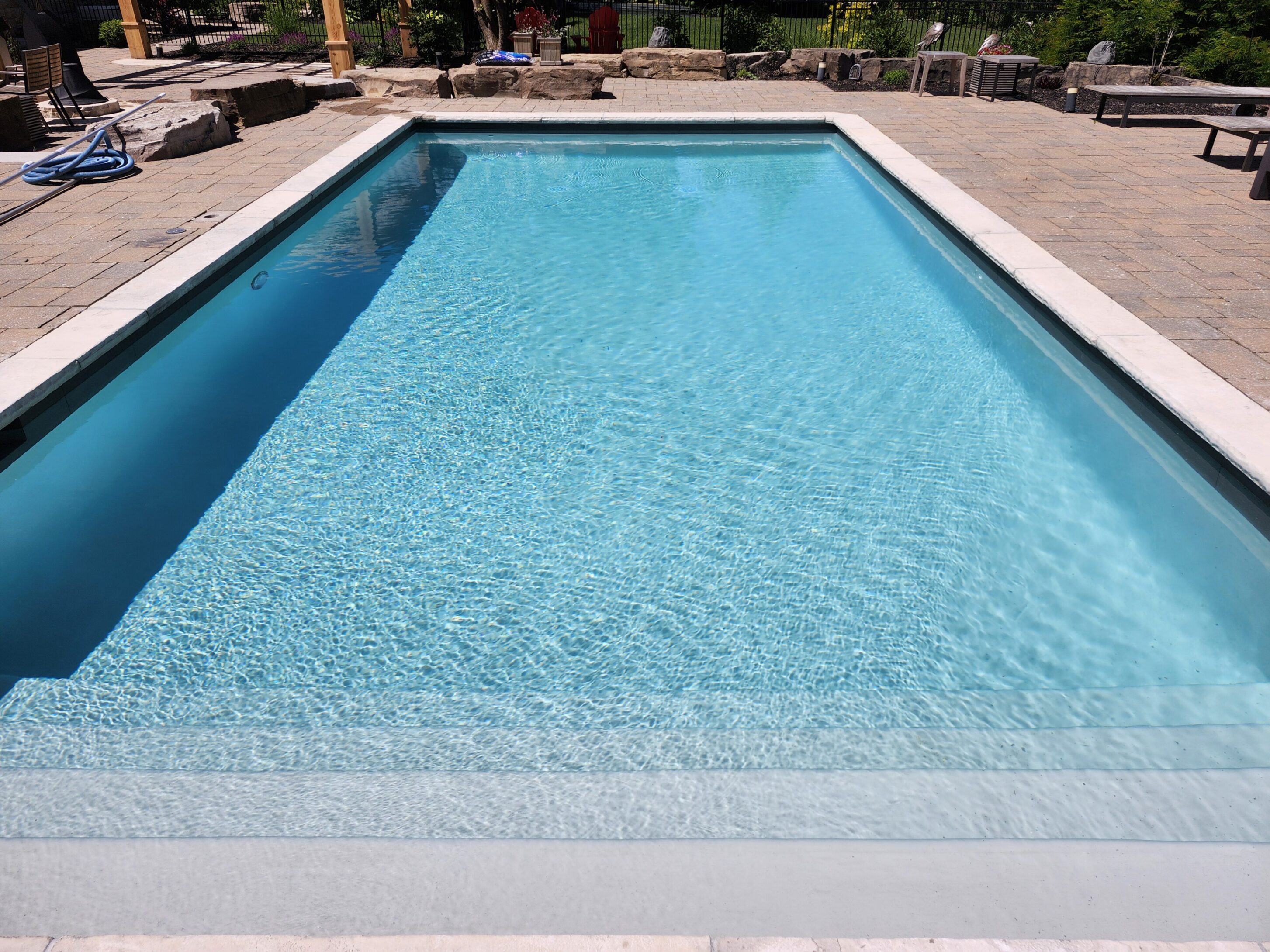
Ultimate Guide to Sparkling Clean Pools

The Ultimate Guide to Sparkling Clean Pools
Owning a pool is one of life’s great joys—it’s your personal retreat on hot days, a space for family fun, or the perfect backdrop for weekend gatherings. But let’s be honest, keeping your pool in pristine condition isn’t always the relaxing activity it sounds like. If you’ve found yourself battling murky water, algae invasions, or cloudy chemistry, you’re not alone! Let’s dive into some tried-and-true tips to transform your pool into the sparkling oasis it was meant to be.
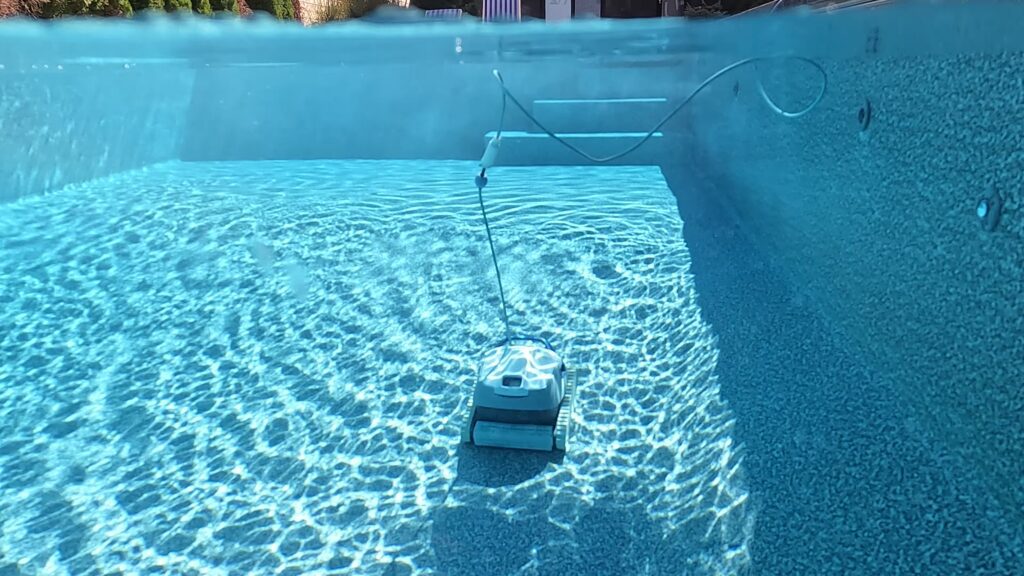
The Basics: Why Pool Cleanliness Matters
Cleaning your pool isn’t just about keeping it Instagram-ready. Neglecting maintenance can lead to bigger headaches like damaged equipment, unsafe swimming conditions, and even costly repairs. Plus, let’s face it—a sparkling clean pool feels so much more inviting than one that’s… well, questionable.
Growing up, my family had a pool, and while we loved it, it often felt like the chore that never ended. My dad used to say, “A pool is like a pet—it needs love and care every day.” Turns out he wasn’t wrong!
Common Pool Problems
- Algae Growth: The green menace that seems to pop up overnight.
- Cloudy Water: Often caused by unbalanced chemicals or a struggling filter.
- Debris Build-up: Leaves, dirt, and random surprises from Mother Nature.
These are the usual suspects, but they’re easily tackled with the right plan.
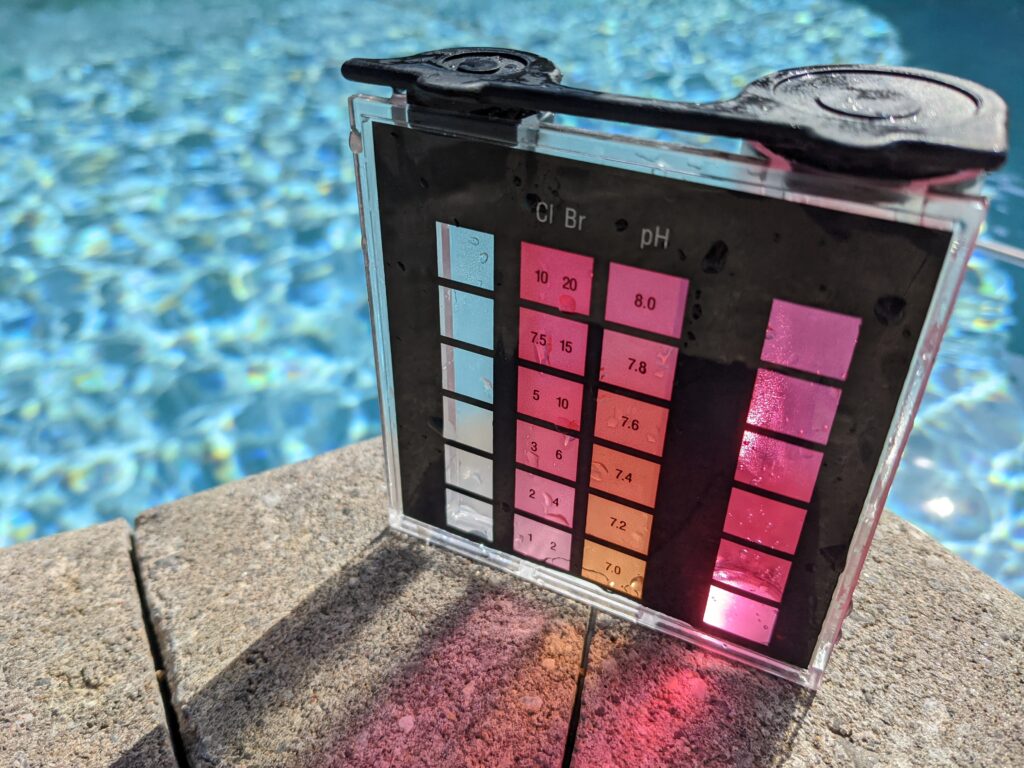
Mastering Water Chemistry
The science behind a clean pool lies in its water chemistry. A proper balance keeps your water safe, prevents algae growth, and protects your pool materials.
Key Metrics to Watch
- pH Levels: Aim for a pH of 7.2–7.6 for swimmer comfort and effective sanitization.
- Chlorine Concentration: Essential for killing bacteria. Keep it between 1–3 ppm.
- Alkalinity: Helps stabilize pH levels. Shoot for 80–120 ppm.
- Calcium Hardness: Prevents scaling or corrosion; ideal range is 200–400 ppm.
Testing your water regularly is a game-changer. Get yourself a reliable testing kit—you can even find digital ones for extra ease.
Pro Tip: When I first started managing my own pool, I had a notorious tendency to “eyeball” chemical additions. Trust me, those days of trial and error were not pretty. Sticking to the test results? Way smarter.
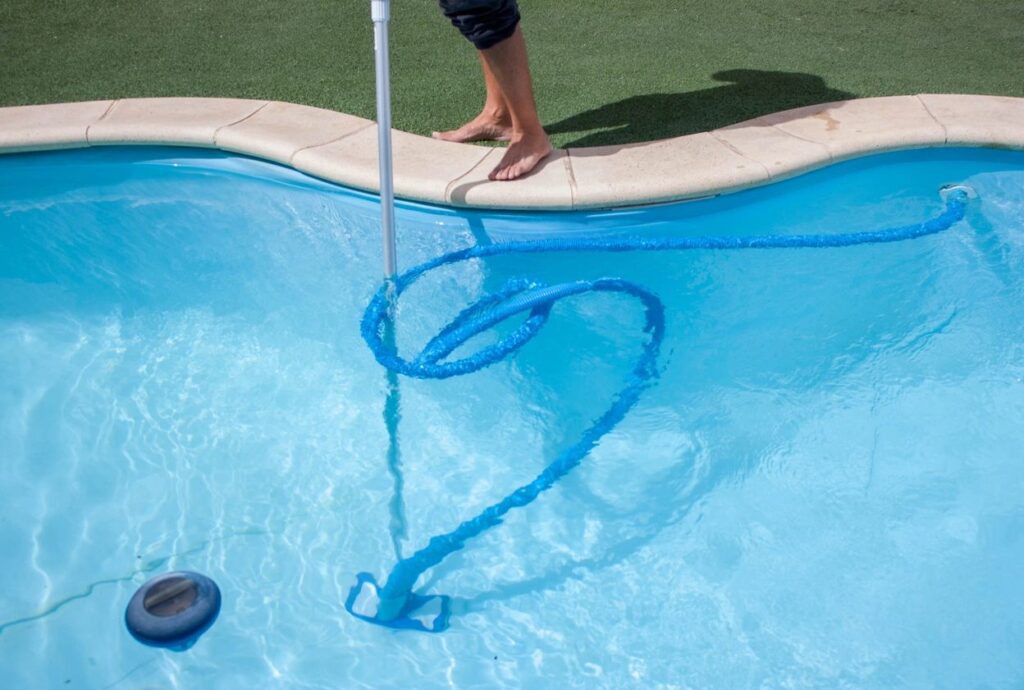
Cleaning Like a Pro
Pool maintenance is all about finding a rhythm. The more you stay on top of the basics, the less time you’ll spend battling larger problems.
Daily Cleaning
- Skim the Surface: Use a net to remove debris—those leaves aren’t going to scoop themselves.
- Brush Pool Walls: Algae loves to cling to walls and corners; scrubbing prevents buildup.
Weekly Tasks
- Vacuuming: Whether you use a manual vacuum or an automatic one, this step is crucial for removing dirt from the pool floor.
- Filter Care: Backwash your filter to keep it working efficiently and remove trapped debris.
Seasonal Deep Clean
Sometimes your pool needs more than everyday TLC. Seasonal deep cleaning tasks—like draining and acid washing—can refresh everything. If you’re not comfortable doing this yourself, don’t hesitate to hire a pro. They’ll have it sparkling in no time.
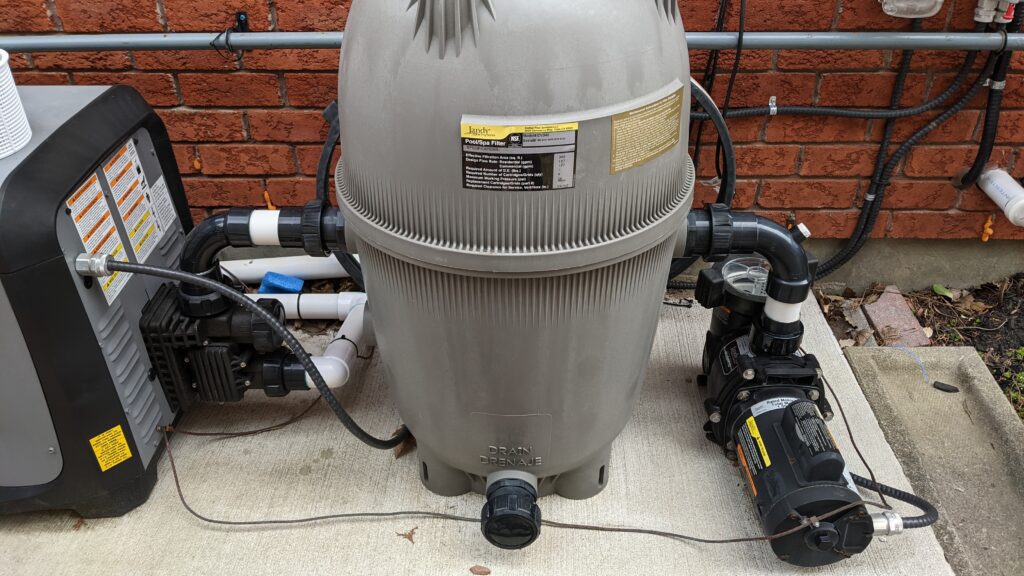
Protecting Your Pool Equipment
Your pump and filter are the unsung heroes of pool maintenance. Without them, you’re basically swimming in stagnant water. Keep these in top shape to save yourself from headaches.
Maintaining Your Filter
There are three main types of filters: sand, cartridge, and diatomaceous earth (DE). No matter which one you use, clean it regularly and replace components as needed.
Optimizing Your Pump
Your pump keeps the water circulating, which is key for maintaining cleanliness. Ensure it’s running long enough each day—8–10 hours is a safe bet for most pools.
Quick Anecdote: One summer, my pool pump stopped working during a heatwave. It took less than a week for algae to move in. Lesson learned: a functioning pump is worth its weight in gold.
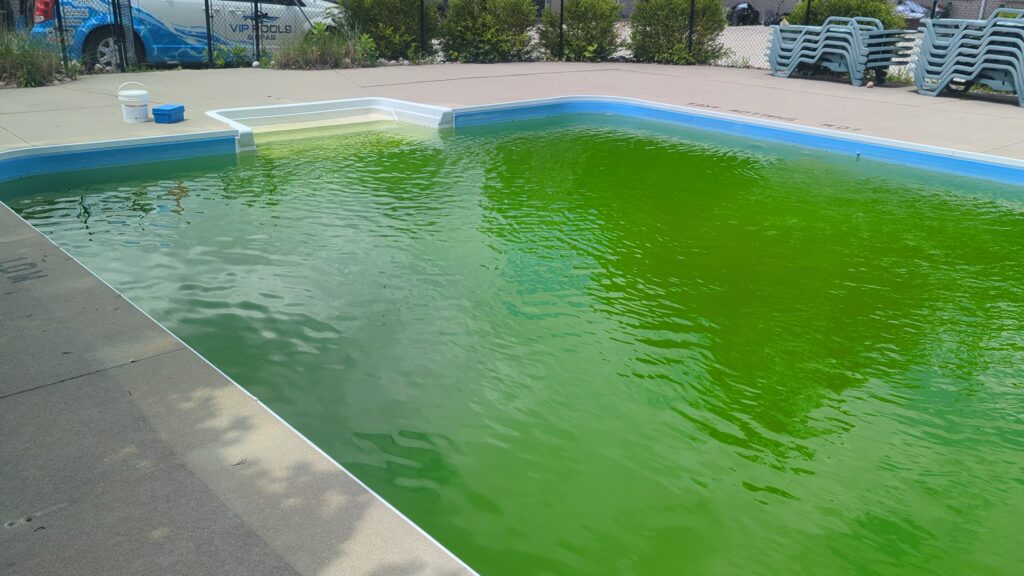
Tackling Common Issues
Even with the best care, pools can misbehave. Here’s how to address common problems:
Algae Invasions
The moment you spot algae, act fast:
- Shock your pool with extra chlorine.
- Brush the affected areas to loosen algae.
- Run your filter non-stop until the problem clears up.
Cloudy Water
Cloudiness usually points to poor filtration or imbalanced chemicals. Start by testing your water and adjusting the chemistry. If that doesn’t help, inspect your filter—there’s a good chance it needs cleaning or repair.
Debris Management
Prevent debris from invading your pool by using covers when it’s not in use. Landscaping can also make a difference—trim overhanging branches and avoid planting trees that drop leaves or seeds nearby.

Seasonal Maintenance Tips
Your pool’s needs change with the seasons. A year-round approach ensures it stays in great shape.
Spring Opening
After a long winter, give your pool a proper clean before opening it up:
- Remove the cover and clean it.
- Test and balance the water.
- Inspect equipment for winter damage.
Summer Care
With peak usage, summer calls for extra vigilance:
- Skim daily to stay ahead of debris.
- Keep up with weekly vacuuming.
- Ensure chlorine levels are consistent despite heavy swimmer loads.
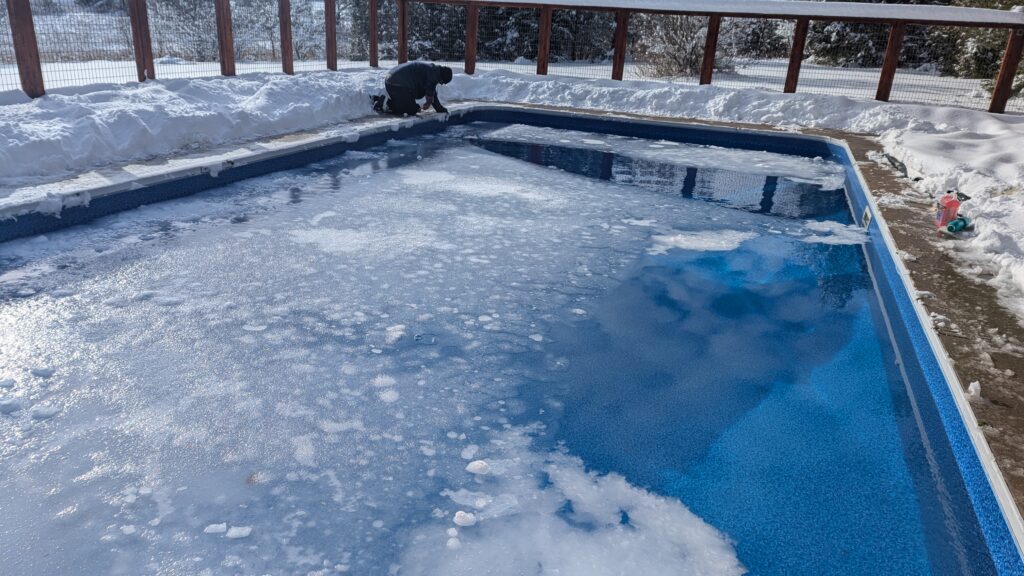
Fall and Winter Prep
Before closing your pool for winter:
- Give it a thorough cleaning.
- Drain pipes and equipment to prevent freezing damage.
- Cover the pool securely to keep out debris.
The Reward of a Pristine Pool
Here’s the truth: maintaining a clean pool takes effort. But when you dive into crystal-clear water, it’s all worth it. A little routine care and some seasonal attention go a long way. Whether you’re relaxing solo, hosting a party, or splashing around with family, the joy of a sparkling pool is hard to beat.
So, take the plunge—literally and figuratively! Set up a maintenance schedule, stock up on the right tools, and don’t shy away from calling a professional when needed. Your pool deserves it, and so do you. Happy swimming!
